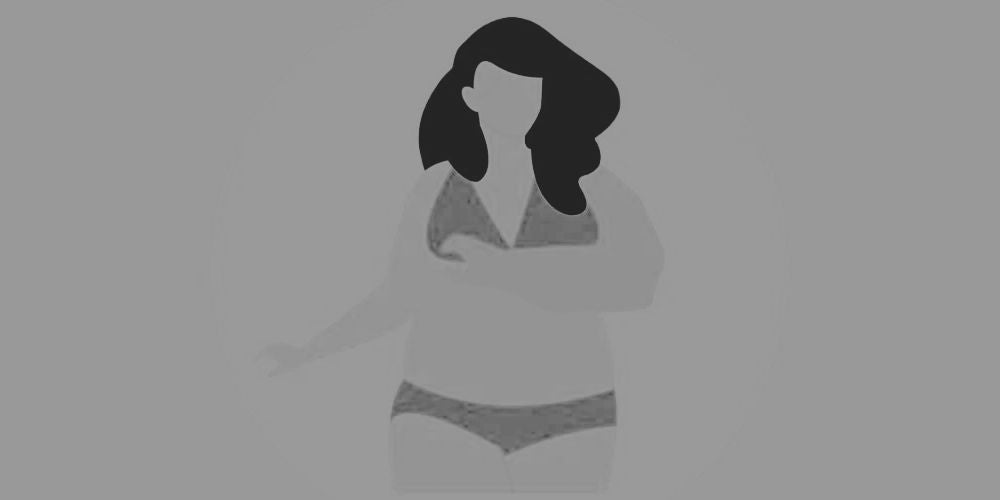What is Lymphedema?
Lymphedema is a buildup of lymph fluid in your fatty tissues, just under your skin. The buildup can cause swelling and discomfort at times. Often times, lymphedema occurs in the arms or legs, but can also happen in the breasts, neck, trunk, abdomen or genitals.
It is important to understand that at times lymphedema can cause severe or serious problems that can lead to long term or chronic conditions. The earlier you catch it and carefully manage it, can really help reduce your symptoms and help keep it from getting any worse.
What is the lymph system?
The lymph system consists of tissues and organs that produce, store and carry white blood cells that fight other disease and infections, which is a part of your body’s immune system. The system consists of bone marrow, spleen thymus, lymph nodes and lymphatic vessels. The network of tissues and organs all work together to collect and carry clear lymph fluid through the body tissues to the blood.

What can cause lymphedema?
Lymphedema can occur when the lymph system is damage, which then prevents the lymph fluid from returning to the blood. People with cancer are higher risk, with the build of lymph fluid being caused by several different possibilities. Some of the causes include:
- Can occur if the lymph system gets damaged, which can prevent the lymph fluid from previous cancer surgery, especially when the lymph nodes are removed.
- Radiation therapy can be another trigger, as radiation therapy can damage nearby lymph nodes or lymph vessels
- Any infection that causes damage to the surrounding tissue or causes scarring in that area
- Other health conditions can also cause lymphedema, such as heart or vascular disease, arthritis and eczema
- Gene changes or mutations that involve the lymph system
- Injury or trauma to a certain area of the body
- Increased white blood cells from leukemia
What are the stages of lymphedema?
There are different stages of lymphedema, based on the severity of the stage, 0 being the least severe, to stage 3 being the most severe. If caught early (stage 0 or 1) lymphedema can often be reversible, while later stages (stages 2 & 3) tend to not respond well to treatment. It is very important to see your health care provider as soon as you notice any concerning symptoms to ensure things can be caught early, if Lymphedema is in fact what you may be experiencing.
Stage 0: No swelling is visible, but there are subtle symptoms that could be experienced, such as the affected area feeling heavy or full or if your skin is a little tight.
Stage 1: Swelling of the affected area. The area is increased in size or there is stiffness of the arm or leg, or affected area. For the legs and arms in particular, swelling improves when the arm or leg is raised.
Stage 2: More swelling than stage 1, but still not the most severe the swelling could get. The swelling does not improve when the arm or leg is raised, unlike how it improves in stage 1. The area is also hard and larger in size than it is in stage 1.
Stage 3: More swelling than there is in stage 2. Swelling can get to the point where you may not be able to lift or move your arm or leg on your own without using your other arm or leg. The skin can also get thick and dry. The swelling can even cause fluids to leak from the skin and blisters could form.

What symptoms should you look out for?
It’s important to know what signs and symptoms you should be on the lookout for, to ensure you can get to your doctor quickly. If caught early on in either stage 0 or stage 1, the disease can often to reversible, with the right treatment.
Some common signs and symptoms to be on the lookout for include:
- Swelling in parts of the body such as your breasts, chest, shoulders, arms or legs
- Skin feeling hard or tight
- Skin changing in texture, looking red or feeling hot
- New aching, tingling, numbness or other discomfort in a particular area.
- The area might also feel full or heavy
- Having less movement or flexibility in nearby joints, such as your hand, wrist or shoulder
- Trouble fitting your arm into a jacket or sleeve, or having trouble getting your leg in pants
- Not being able to wear anything around the wrist (collar, watch, bracelet) because it is too tight
Here at AnaOno we are trying to better understand the affects of lymphedema on breast cancer survivors and advocate for those who get lymphedema, as a result of their cancer. We would like to announce that we are working with Doctor John Klock, Board Certified Hematologist & Oncologist to help us run a study on Lymphedema and the affects that it has on the body after cancer treatment. If you would like to be a part of our study, please fill out our form to join our AnaOno focus group.










